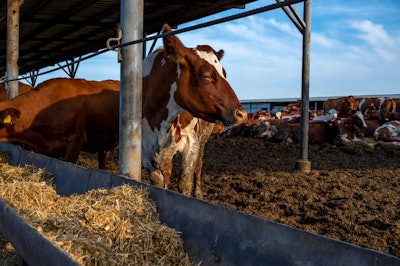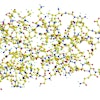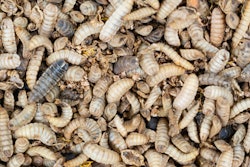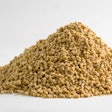
According to a recent RaboResearch report, herd contraction in the world’s four largest beef producing countries is going to lead to the first global beef supply reductions since the COVID-19 pandemic and will alter trade flows. Brazil and the U.S. are likely to lead beef production declines in 2025, but reductions in China, Europe and New Zealand are also likely.
Cattle prices reflect global supply contraction
While North American cattle prices have been high for close to two years as a result of the lower cattle numbers and strong consumer demand, other regions have experienced low cattle prices. This trend has started to change as global beef declines start to firm up support for cattle prices in south America, Australia, and New Zealand.
Trade flows will continue to shift
With available supplies altered across the top global beef markets, expect beef trade to shift dramatically. According to Angus Gidley-Baird, senior animal protein analyst for RaboResearch, Australian beef producers will increasingly depend on exports to absorb stronger domestic production, while Brazil will see global markets as a better demand opportunity compared to lackluster domestic demand.
Adjustments for weather
Beef production has the potential to swing dramatically if weather patterns change. U.S. producers are waiting on more dependable precipitation to rebuild the herd, and Brazilian production is being slowed by rain delays. Australia has maintained relatively adequate precipitation for a few years, but the threat of dryness could lead to more production.
The status quo is likely to be maintained for 2025 weather. The latest El Nino Southern Oscillation models are predicting La Nina weather conditions to persist into the first quarter of 2025 before a transition to a more neutral pattern by midyear. This will support Australian beef production.
“Furthermore, year-over-year declines in U.S. beef production will remain relatively small, as U.S. cow herd rebuilding remains stalled by slower replacement heifer development,” Gidley-Baird said.
















